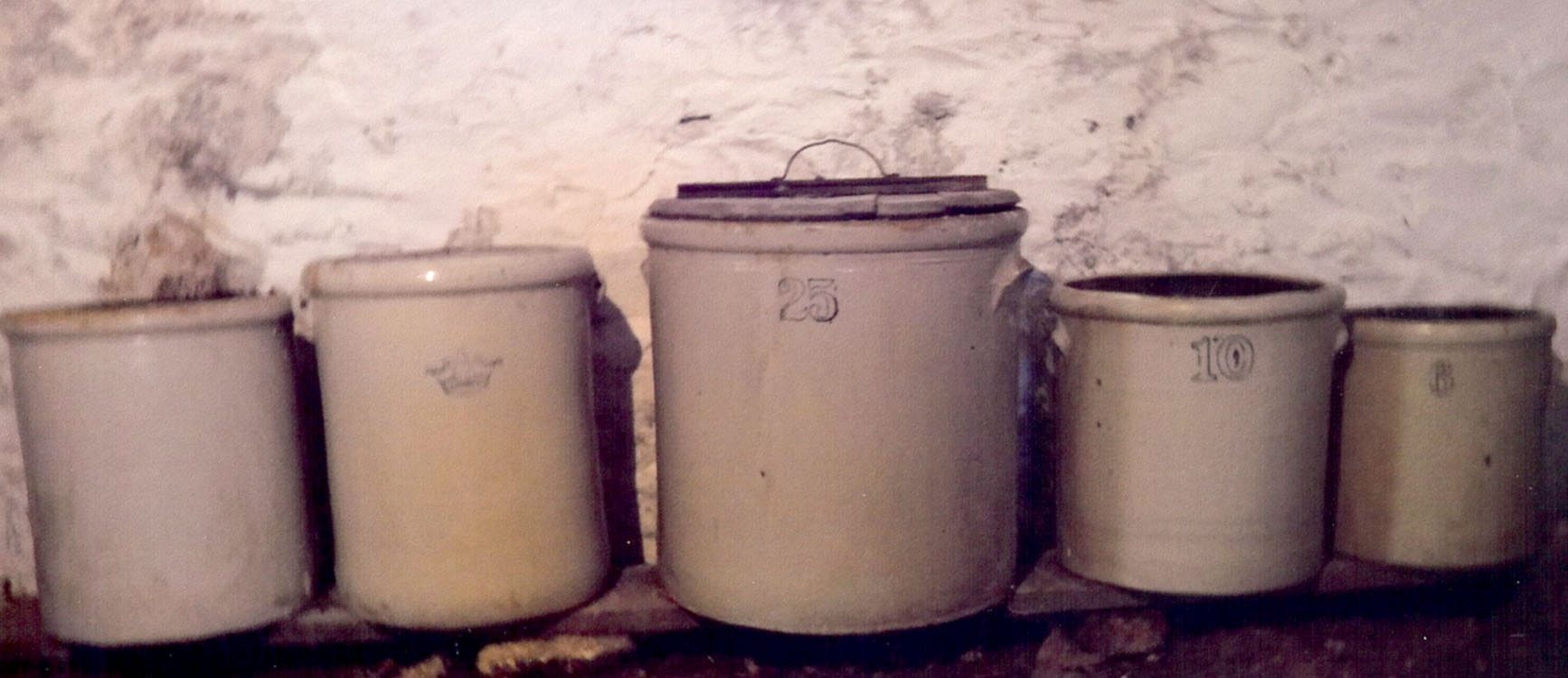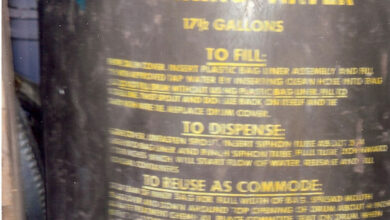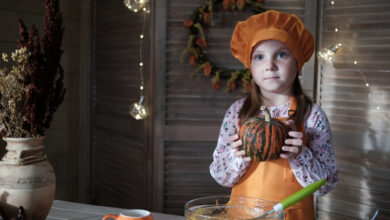Get out and Grow! It’s veggie time
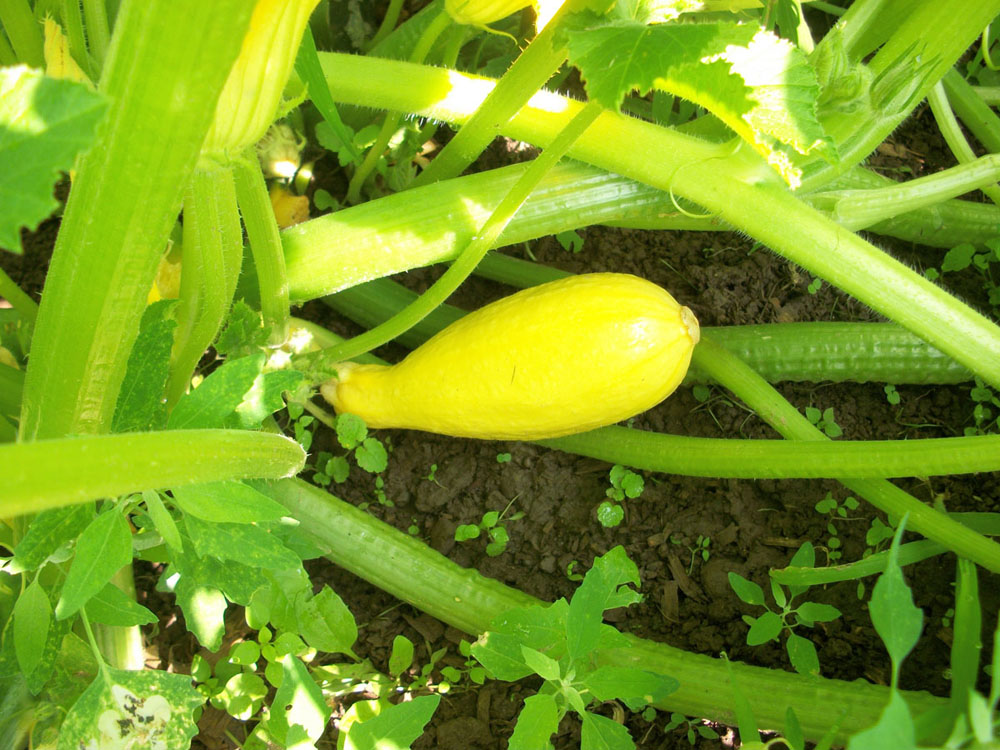
This is it. The best time of year in the vegetable garden! The work of planning and planting, tending and weeding is now paying off with a harvest of delicious home-grown produce. Tomatoes ripen on the vine, and sweet peppers, sweet corn and broccoli are ready for harvest. It’s the perfect time to really enjoy the garden, both its beauty and its fruits.
But just as most things in life are bittersweet, it can also be the time when problems like disease and pests start to be issues.
With all the heavy rain and violent storms lately, you’ve probably either suffered some damage and crop loss in your garden, or it has become a total jungle of both vegetable plants and weeds.
I have been able to dodge the hail and major flooding and most everything is doing well, but some spots are very, very wet and plants are suffering. My final planting of sweet corn (I’m embarrassed to say just how late that was) ended up in what’s now a very soggy spot in the garden. I’m hoping it will pull through and produce corn for us into late September. My crops of beans, tomatoes, summer squash, broccoli, Swiss chard and eggplant are doing well. I’m growing eggplant this year from garden center transplants and it’s working much better for me than from seed. I’m about to harvest my first one!
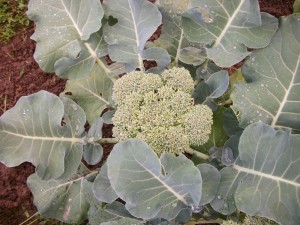
Cucumber beetles have been an issue in my squash-pumpkin patch. Yes, I broke every rule of insect control by planting all my cucurbits in one bed … it just worked out the best for me during a very busy spring. Right now, the plants that survived the first attack of the beetles are doing well, but I know the beetles can bring disease that will show up down the line. The dreaded squash bugs are out there and I’ve reached the point where I can squish them with my bare hand, but I’m not seeing as many as in previous years – at least not yet. I killed a vine borer or two back in June and have not spotted any lately. The routine of scanning the patch for all these pests is a daily one.
My tomato plants are huge … I know I should practice some pruning, but I rarely do. I wish the fruit was ripening faster as I’ve heard reports of blight starting to show up in the area. In fact, I’m hearing fungal disease may be a big issue for gardeners with the wet conditions this year.
I’ve been trying to stay on top of weeding and am actually doing better than in years past, but as the soggy conditions have worsened, I haven’t been able to get to certain areas of the garden.
On the enjoyment side – I’m loving the daily routine of taking my big harvest basket out to the garden late in the afternoon to pick whatever is ready for our dinner. This time of year is the reason that I garden – having fresh produce right outside my door.
The summer of 2014 has been an especially busy one for my family, but I was determined to do some succession planting and have actually been able to accomplish that.
I kept the succession planting on a small scale … much of my garden is covered by squash – both summer and winter varieties – and corn, so I focused on re-planting my raised beds. I yanked out bolted lettuce and spinach as well as peas and planted small crops of carrots, beans and more lettuce. I also planted more sunflower seeds which I hope to have blooming through early October.
I really enjoy growing the carrots. Like all root crops, they are especially fun to harvest. It’s like going on a treasure hunt. I haven’t yet had major problems with pests among my carrots and the pelleted seed I buy makes them very easy to plant. We leave some carrots in the ground for harvesting during winter thaws, which is great because you don’t have the overabundance issues you get with crops like zucchini.
I hope you’re enjoying your vegetable garden, despite the challenges that can come up along the way. This is a time of year to be savored. It sure goes by fast.
Update on straw-bale gardening
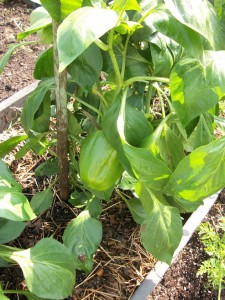
My sweet peppers in the straw bale continue to do well. They have produced fruit well in advance of the ones I planted directly in the ground. The plants look good, although they need support. I can see the bale is “shrinking” or compressing.
It’s not as big as it was, as the organic material is beginning to break down. So far, slugs have not been a problem.
Photos by K. Gabalski


